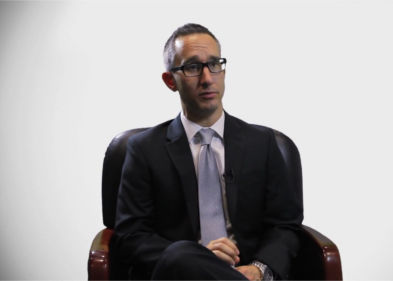Premises Liability (Video) | Phoenix Personal Injury
Thomas M. Richardson
Unsafe Premises
Well one of the main things we’re worried about at Friedl Richardson, are unsafe premises. And premises are generally unsafe, because the owner of those premises, be it a supermarket, a retail establishment, or any other commercial building, chooses to violate building codes, and make their premises dangerous for the people they’re inviting on-board to buy their product.
The most common ways that people are injured on premises are ways in which it would be so easy for the premises owner to have avoided. Quite often it’s just something that the premises owner puts up to look good. Something the premises owner puts up temporarily. Something the premises owner puts up that attracts people into their business, yet is unsafe. And those are the most common ways people can be injured when they’re in and out of commercial establishments.
Unsafe Premises
Well one of the main things we’re worried about at Friedl Richardson, are unsafe premises. And premises are generally unsafe, because the owner of those premises, be it a supermarket, a retail establishment, or any other commercial building, chooses to violate building codes, and make their premises dangerous for the people they’re inviting on-board to buy their product.
The most common ways that people are injured on premises are ways in which it would be so easy for the premises owner to have avoided. Quite often it’s just something that the premises owner puts up to look good. Something the premises owner puts up temporarily. Something the premises owner puts up that attracts people into their business, yet is unsafe. And those are the most common ways people can be injured when they’re in and out of commercial establishments.



